Related Research Articles

Giovanni Battista Tiepolo, also known as GiambattistaTiepolo, was an Italian painter and printmaker from the Republic of Venice who painted in the Rococo style, considered an important member of the 18th-century Venetian school. He was prolific, and worked not only in Italy, but also in Germany and Spain.

Ca' Rezzonico is a palazzo on the Grand Canal in the Dorsoduro sestiere of Venice, Italy. It is a particularly notable example of the 18th century Venetian baroque and rococo architecture and interior decoration, and displays paintings by the leading Venetian painters of the period, including Francesco Guardi and Giambattista Tiepolo. It is a public museum dedicated to 18th-century Venice and one of the 11 venues managed by the Fondazione Musei Civici di Venezia.
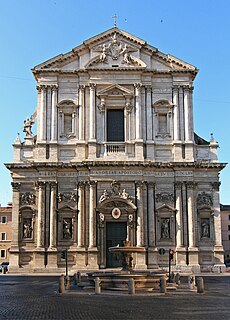
Sant'Andrea della Valle is a minor basilica in the rione of Sant'Eustachio of the city of Rome, Italy. The basilica is the general seat for the religious order of the Theatines. It is located at Piazza Vidoni, 6 at the intersection of Corso Vittorio Emanuele and Corso Rinascimento.
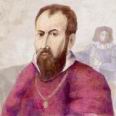
Melozzo da Forlì was an Italian Renaissance painter and architect. His fresco paintings are notable for the use of foreshortening. He was the most important member of the Forlì painting school.
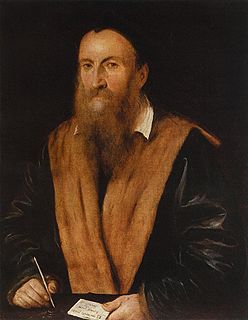
Girolamo Romani (Romanino) was an Italian High Renaissance painter active in the Veneto and Lombardy, near Brescia. His long career brought forth several different styles.

The Basilica of San Domenico is one of the major churches in Bologna, Italy. The remains of Saint Dominic, founder of the Order of Preachers (Dominicans), are buried inside the exquisite shrine Arca di San Domenico, made by Nicola Pisano and his workshop, Arnolfo di Cambio and with later additions by Niccolò dell'Arca and the young Michelangelo.
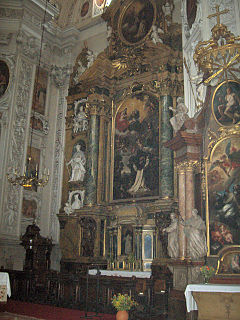
Carpoforo Tencalla was an influential Swiss-Italian Baroque painter of canvases and frescoes. He is little studied and has come only recently to the attention of art critics. He introduced the style of 17th-century Italian painting with its mythological subjects to Central Europe, reviving the art of fresco on large surfaces.

Stefano Pozzi was an Italian painter, designer, draughtsman and decorator whose career was spent largely in Rome.
Giovanni Domenico Ferretti (Giandomenico), also called Giandomenico d'Imola was an Italian Rococo style painter from Florence. According to the contemporary Giovanni Camillo Sagrestani, Ferretti was a pupil of the Bolognese painter Giuseppe Maria Crespi. Others say he worked with painter Giovanni Gioseffo dal Sole.

The Galli-Bibiena family, or Galli da Bibiena, was a family of Italian artists of the 17th and 18th centuries, including:

Francesco Trevisani was an Italian painter, active in the period called either early Rococo or late Baroque (barochetto).
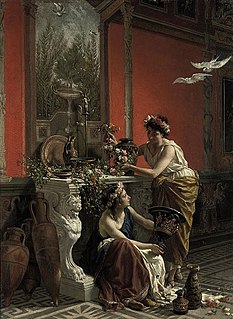
Cesare Mariani was an Italian painter and architect of the late-19th century, active in Rome and Ascoli Piceno.

San Francesco della Vigna is a Roman Catholic church in the Sestiere of Castello in Venice, northern Italy.
Giuseppe Antonio Caccioli was an Italian painter of the Baroque period.
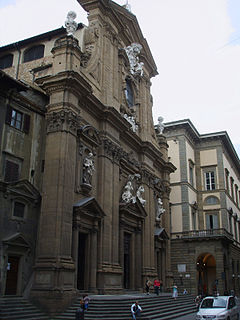
San Gaetano, also known as Santi Michele e Gaetano, is a Baroque church in Florence, Italy, located on the Piazza Antinori.
Gerolamo Mengozzi Colonna was an Italian painter, mostly of frescoed quadratura.

San Giuseppe dei Ruffi or church of San Giuseppe dei Ruffo is a church located on piazzetta San Giuseppe dei Ruffi, in Naples, Italy.
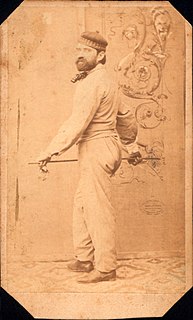
Gaetano Lodi was an Italian painter.
San Girolamo is a 17th-century, Baroque style, Roman Catholic church on Via Sicardo 5, in Cremona, region of Lombardy, Italy. It is also known as the Oratory of San Girolamo.

The Co-Cathedral of Saint Mary of the Assumption and Saint Catellus is the Roman Catholic duomo or cathedral of Castellammare di Stabia in the metropolitan city of Naples, in the region of Campania, Italy. It is the main church in Castellammare di Stabia and it is co-cathedral of the Archdiocese of Sorrento-Castellammare. It was built in 1587 and was consecrated in 1893. Inside on display for worship is the statue of Saint Catello, the patron saint of the city.
References
- ↑ Cremona tourism site, entry of San Facio
- ↑ Graselli, Giuseppe (1827). Abecedario Biografico dei Pittori, Scultori, ed Architetti Cremonesi. Milan: Co’ Torchi D’Omobono Mannini. pp. 163–164.